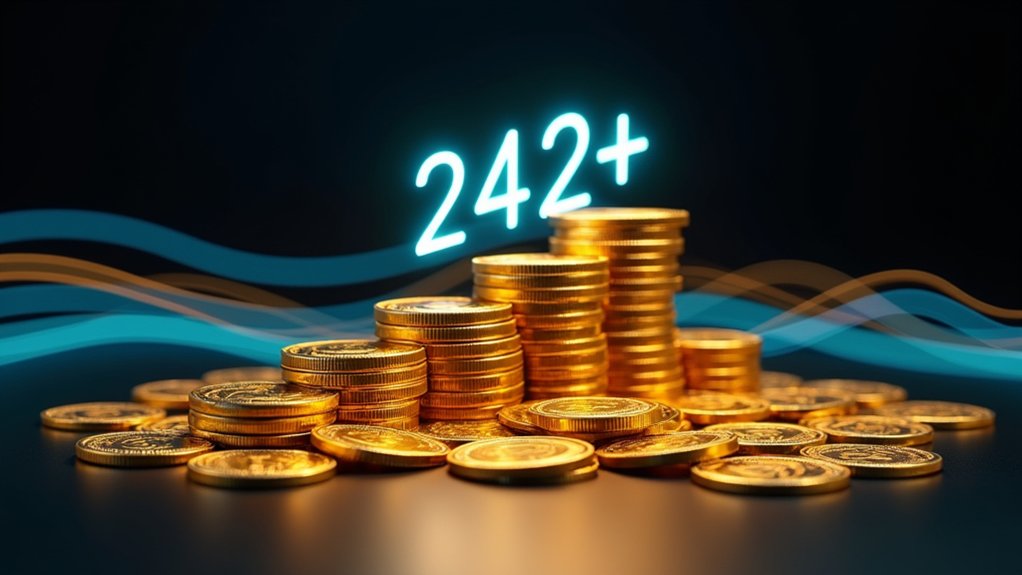Though heralded as a breakthrough, JPMorgan’s introduction of JPMD deposit tokens brazenly exposes the stagnant inefficiencies and regulatory muddles plaguing traditional payment systems, daring to supplant the chaotic free-for-all of stablecoins with a tightly controlled, bank-sanctioned digital asset that insists on marrying blockchain’s vaunted programmability with the ironclad certainty of conventional deposits—forcing skeptics to reckon with a future where institutional finance may finally shed decades of outdated friction under the guise of “innovation.” JPMD is no mere crypto dalliance; it represents a hard pivot toward reconciling cross-border payment headaches with rigorous regulatory compliance, a feat stablecoins have spectacularly failed to achieve without courting legal peril or operational chaos. By issuing deposit tokens fully collateralized by actual bank deposits, JPMorgan sidesteps the messy, often opaque reserve structures that stablecoins rely on, embedding the digital asset within the existing, ironclad banking frameworks that regulators grudgingly respect. These tokens are issued on distributed ledgers, facilitating easier transfer across borders while remaining under banking regulation. This approach also necessitates meticulous record-keeping for tax and compliance purposes in business operations. The launch coincides with the U.S. Senate passing the GENIUS Act, which provides much-needed regulatory clarity for tokenized deposits and supports JPMorgan’s pioneering approach.
The pilot’s deployment on Base, an Ethereum-compatible Layer 2 network, neatly balances blockchain’s promise of 24/7 settlement with institutional oversight, effectively walling off the anarchic crypto wild west from the sanctity of regulated finance. Unlike stablecoins, JPMD tokens are treated as bona fide bank deposits on institutional balance sheets, eliminating the speculative volatility and regulatory uncertainty that have long plagued crypto assets. This precise model caters to the unforgiving demands of institutional clients, who crave not just innovation but *certainty*—a commodity sorely lacking in the digital asset universe. By integrating deposit tokens into treasury and accounting systems, JPMorgan not only accelerates cross-border business payments but also forces the market to stop pretending that stablecoins alone can fix the slow, costly, and fragmented payment infrastructure. JPMD’s emergence is less about tech novelty and more a stark indictment of the industry’s failure to marry cutting-edge programmability with uncompromising regulatory discipline.









